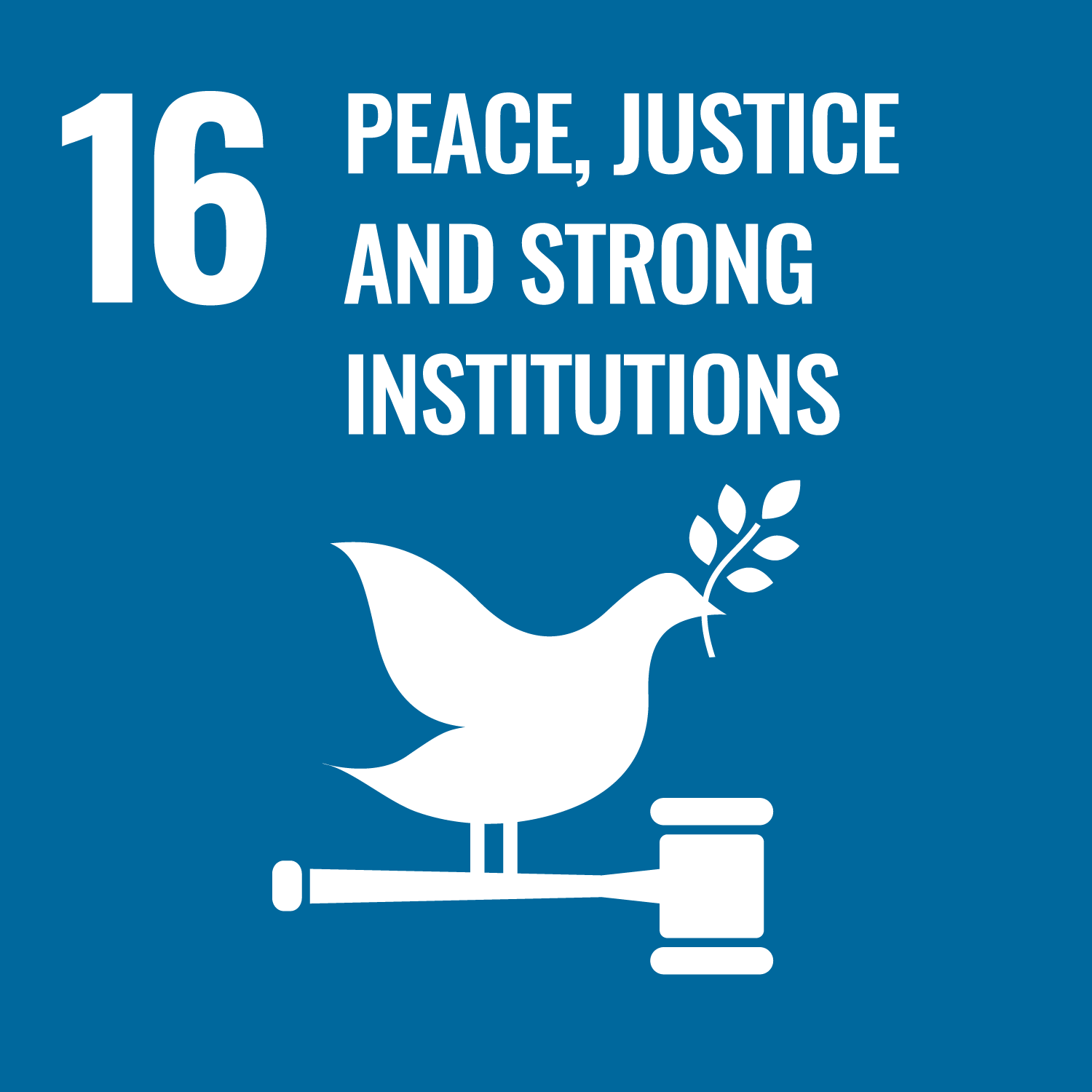Check out paper "Revisiting 'The War of the Worlds' in Australian '(Re)conciliatory' Times: Claire G. Coleman’s 'Terra Nullius'" by Lourdes López-Ropero
Science fiction offers unique imaginative spaces onto which to project and examine contemporary tendencies, problems and anxieties. This paper shows the various ways in which H. G. Wells’s iconic invasion narrative The War of the Worlds (1898), which famously references the Tasmanian Aboriginals, resonates in Claire G. Coleman’s Terra Nullius (2017), a novel that offers a commentary on relations between Indigenous and non-Indigenous people and the legacy of colonialism in contemporary Australia. When Wells published his story in serialized form in the Pearson’s Magazine, he may have felt the need to rescue his readers, who probably feared that the Martians would win and colonize England, from this fatal denouement. But Coleman felt compelled not to spare them. She allows her aliens to win and to keep inflicting pain, in the hope that this exposure may move her non-Indigenous readers towards more empathetic positions regarding their Indigenous countrymen. War ends on a note of victory and regeneration. The narrator announces that healing will soon begin, and London will be great again. Coleman’s novel is ambiguously pessimistic. Imperial rule remains undefeated, natives and settlers remain two worlds apart. And yet, through small acts of human bonding, reconciliation 'writ small', the author points the way in the struggle for Indigenous reconciliation in Australia.
Full text available here
- lourdes.lopez@ua.es
reconfemua@gmail.com - Department of English
University of Alicante (Spain) - @reconfem



